1. Google Glass
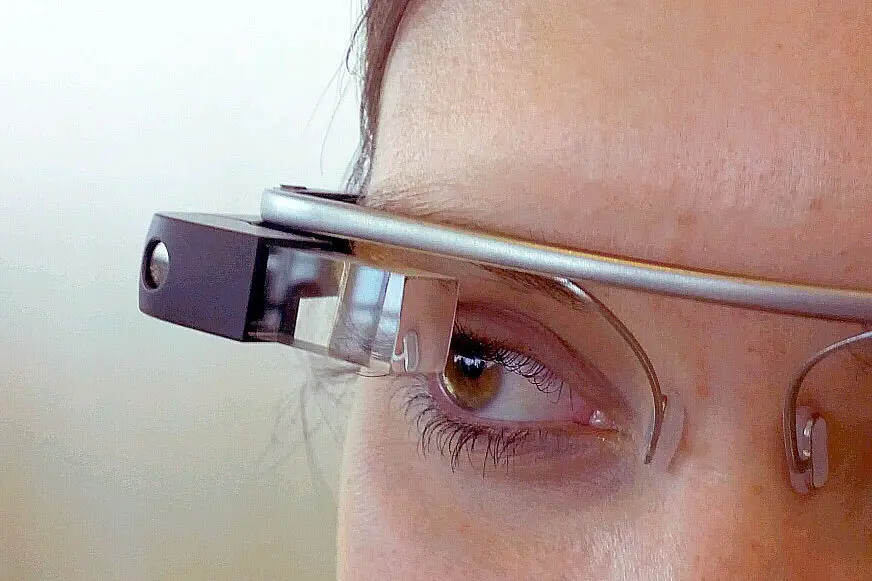
When Google Glass hit the scene in 2013, it felt like the future had arrived. A tiny computer you could wear on your face? Hands-free video recording and real-time info displayed right in front of your eyes? It sounded like something out of Star Trek, and for a minute, everyone was talking about it like it would replace smartphones. But then the reality set in: they were expensive, looked awkward, and, frankly, made people a little uncomfortable shares Laptop Mag.
Privacy concerns didn’t help—people weren’t thrilled about being secretly recorded by someone wearing smart glasses. The battery life wasn’t great, the features were limited, and the design just never felt cool or practical enough for daily life. Google ended up pivoting the project toward enterprise use, and eventually shelved it altogether. What was supposed to revolutionize how we interact with the world became more of a quirky footnote in tech history adds Axios.
2. Segway

Remember when the Segway was introduced in 2001 and was hyped as the invention that would “change the way people move”? Some even claimed cities would be redesigned around this two-wheeled, self-balancing scooter. It was supposed to make walking obsolete—imagine that! But while it had a flashy debut and initial curiosity, the Segway never quite rolled into our everyday lives like predicted says NBC News.
Turns out, people weren’t ready to ditch walking just yet. The Segway was expensive, bulky, and not always street-legal. It found a small niche with mall cops and tourists, but not much beyond that. In 2020, the original model was officially discontinued, leaving behind a legacy of big promises and not much real-world change shares Powersports Business.
3. 3D TVs
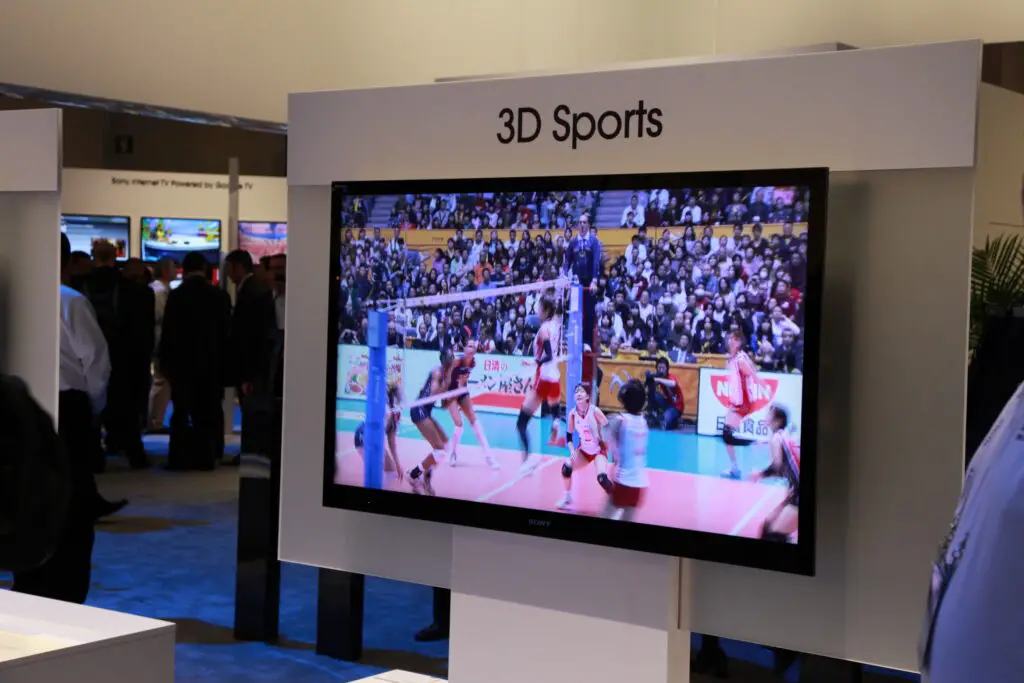
When 3D TVs came to the market around 2010, electronics stores made it feel like we were about to turn our living rooms into IMAX theaters. Everyone was buzzing about the idea of movies and games popping out of the screen right in your home. Some people even bought the clunky glasses to go with it. It had all the excitement of a tech revolution—until it didn’t.
The biggest problem? It was just kind of annoying. The glasses were uncomfortable, the content was limited, and it never looked quite as good as you’d hoped. On top of that, no one really wanted to wear special glasses to watch The Bachelor. In the end, 3D TV quietly disappeared, and no one really missed it.
4. The CueCat

Ah, the CueCat. If you were online in the early 2000s, you might remember this weird little barcode scanner shaped like a cat. It was meant to bridge print media and the internet—scan a code in a magazine, and you’d be whisked away to a related website. In theory, it sounded like a neat way to make your magazines interactive. In practice, it was clunky and unnecessary.
People quickly realized it was easier to just type in a web address than plug in a strange gadget and scan a code. It also raised privacy concerns, tracking what users were scanning. And let’s be honest—it looked a little too much like a toy to be taken seriously. The CueCat became a punchline in tech circles, often cited as one of the worst inventions ever.
5. Microsoft Zune
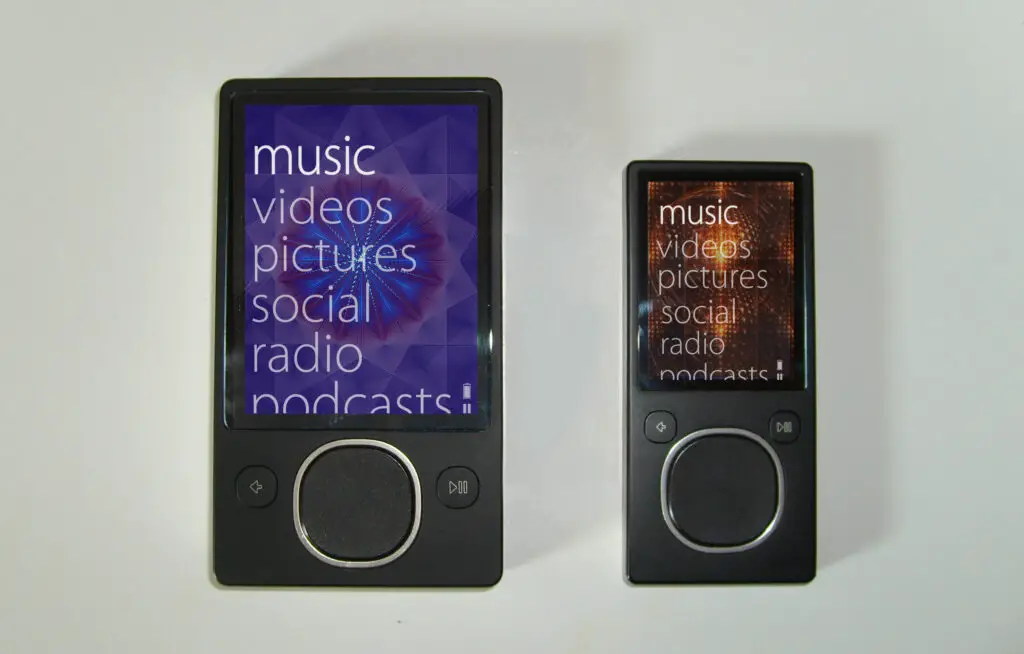
Microsoft launched the Zune in 2006 as a direct competitor to the iPod, and for a brief moment, it looked like it might stand a chance. It had a sleek design, great sound, and even wireless syncing—something Apple hadn’t yet rolled out. But despite some solid features, it never came close to unseating the iPod as the king of portable music. Apple had already captured everyone’s hearts, ears, and playlists.
The Zune just couldn’t catch up to the iTunes ecosystem. It didn’t help that its branding was bland, and the name didn’t exactly scream cool. Microsoft eventually discontinued the Zune in 2011, and it faded quietly into the background. Some nostalgic fans still swear it was underrated, but history didn’t agree.
6. LaserDiscs
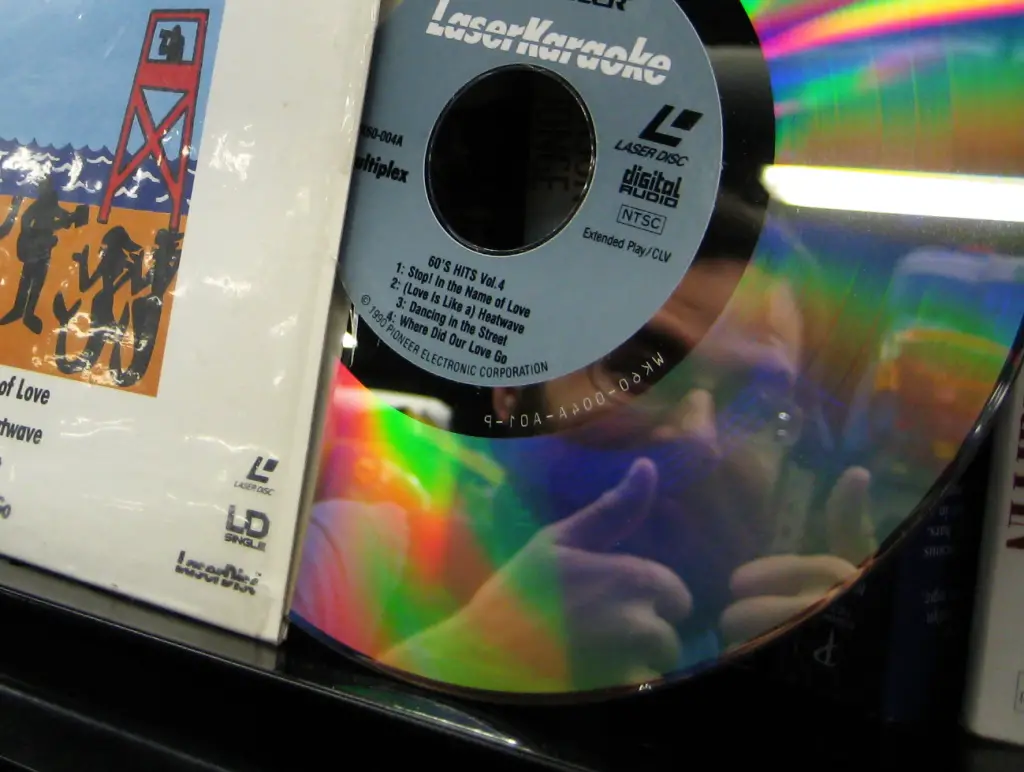
Before DVDs took over, LaserDiscs were supposed to be the future of home video. Introduced in the late ’70s, they offered better picture quality than VHS and looked super futuristic—big, shiny discs that resembled oversized CDs. Movie buffs were intrigued, and the format even had chapter skips before DVDs made it standard. But despite the cool factor, LaserDiscs never became mainstream.
They were expensive, and so were the players. The discs were bulky and couldn’t even hold an entire movie without flipping them over or switching discs halfway through. VHS tapes were just easier for most families. While collectors still love them, LaserDiscs are remembered more for what they almost did than what they actually achieved.
7. Betamax
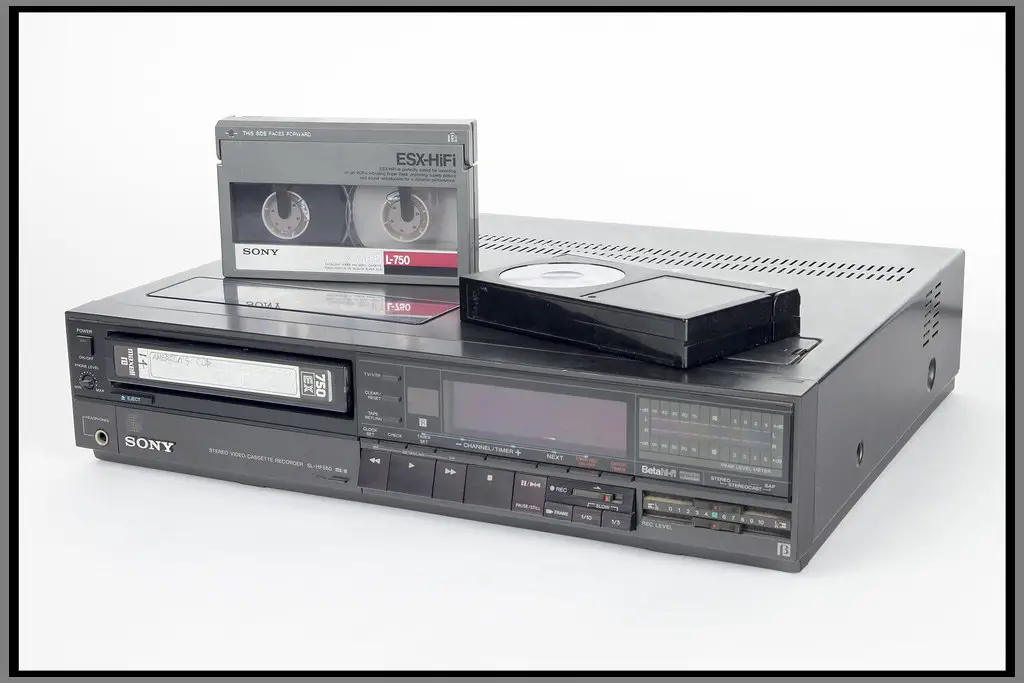
Sony’s Betamax came out in the mid-’70s and was supposed to be the superior video format—sharper image, better sound, the whole package. It launched just before VHS, and for a moment, it had the upper hand. But in one of the most infamous format wars in tech history, Betamax lost to VHS, despite arguably being the better technology. Why? Mostly because of recording time.
VHS tapes could record longer shows and were cheaper, so consumers naturally gravitated toward them. Once movie studios picked VHS, Betamax couldn’t recover. Sony kept producing it for niche users for a while, but the writing was on the wall. It’s a classic example that the best technology doesn’t always win.
8. HD DVD
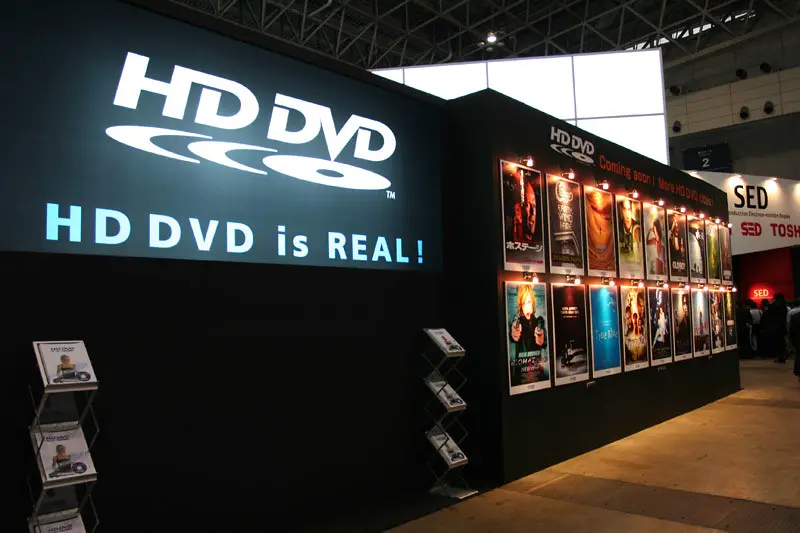
Right on the heels of the Betamax vs. VHS showdown came another format war: HD DVD vs. Blu-ray. Both offered high-definition video that was miles better than standard DVDs, but only one could survive. HD DVD, backed by Toshiba and Microsoft, was cheaper and had a decent head start. But Sony had learned from the Betamax debacle and made sure Blu-ray came out swinging.
More studios supported Blu-ray, and once the PlayStation 3 included a Blu-ray player, the fate of HD DVD was sealed. By 2008, Toshiba officially pulled the plug, and HD DVD became another cautionary tale. It had promise, but no staying power. Now it lives on mostly in dusty clearance bins and trivia nights.
9. Smart Refrigerators
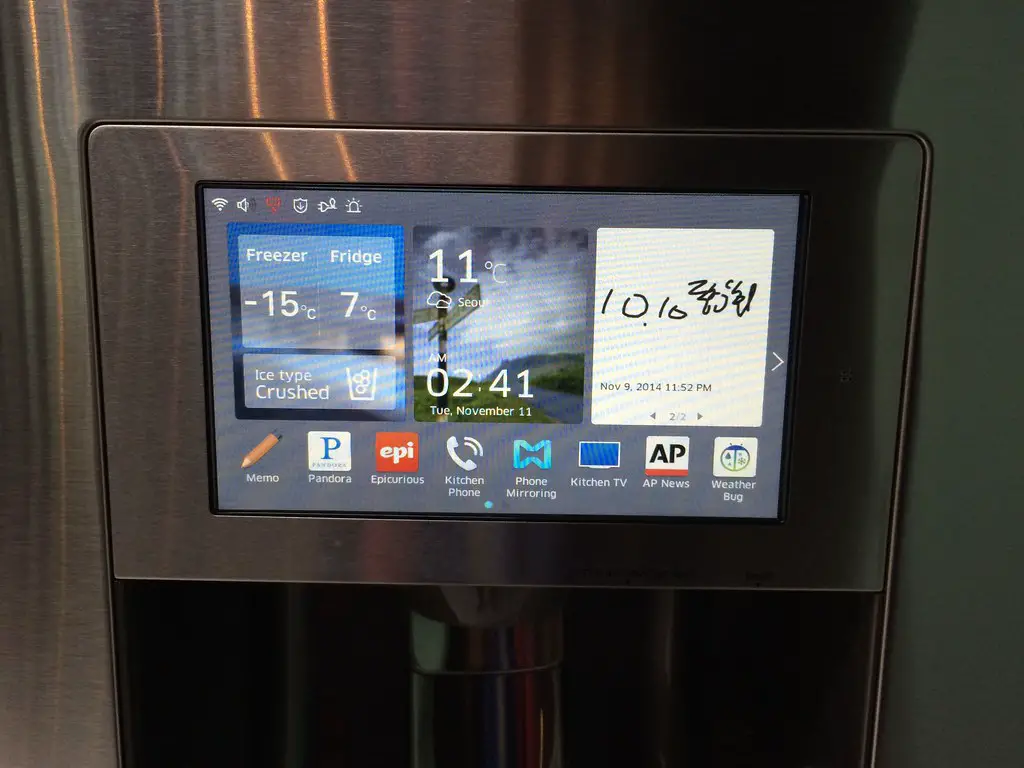
The idea of a refrigerator that could track your groceries, suggest recipes, and even let you peek inside while you’re at the store sounds pretty cool, right? For years, companies have tried to sell us on smart fridges as the future of kitchen life. Some even come with big touchscreens and cameras inside. But despite the fancy features, most people still just want their fridge to keep things cold.
They’re expensive, prone to software issues, and most folks end up not using the smart features anyway. Plus, do you really need your fridge to send you a notification that you’re out of milk? For now, the smart fridge feels more like a gimmick than a game-changer. People are still waiting for a kitchen appliance that actually lives up to the hype.
10. Hoverboards (The 2015 Kind)

When hoverboards exploded in popularity around 2015 (and sometimes literally exploded), it seemed like we were finally getting the future promised by Back to the Future Part II. These self-balancing scooters were on every holiday wish list, and for a minute, they were everywhere—from sidewalks to viral videos. But it didn’t take long for the problems to surface.
They were hard to ride, dangerous on uneven surfaces, and yes, some caught fire due to battery issues. Cities and airlines started banning them, and the craze burned out as quickly as it ignited. Instead of a revolution in personal transport, they became a passing fad. The dream of Marty McFly-style hoverboards still feels pretty far off.
11. PalmPilot
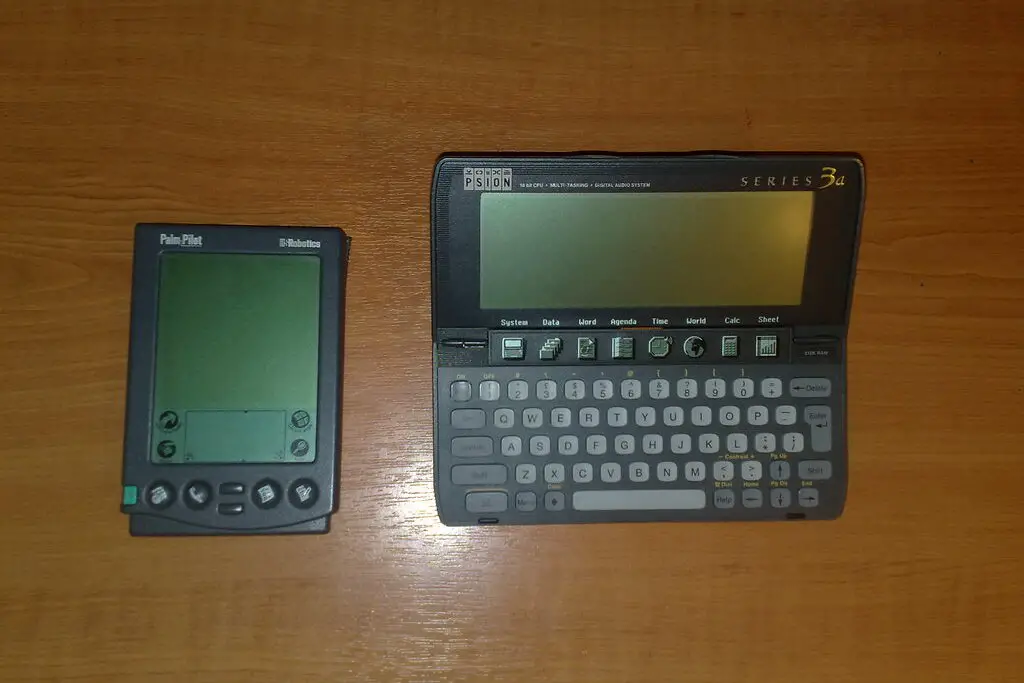
In the late ’90s and early 2000s, the PalmPilot was the gadget for busy professionals. A digital personal assistant that fit in your pocket—complete with a stylus and the oddly satisfying Graffiti handwriting system. It helped you organize your calendar, contacts, and notes before smartphones were a thing. For a while, it looked like Palm was going to own the mobile tech world.
But then phones got smarter, and the PalmPilot didn’t keep up. BlackBerry and later the iPhone integrated the same functions with better design and actual connectivity. Palm tried to adapt, but it was too little too late. What once seemed essential became obsolete almost overnight.
